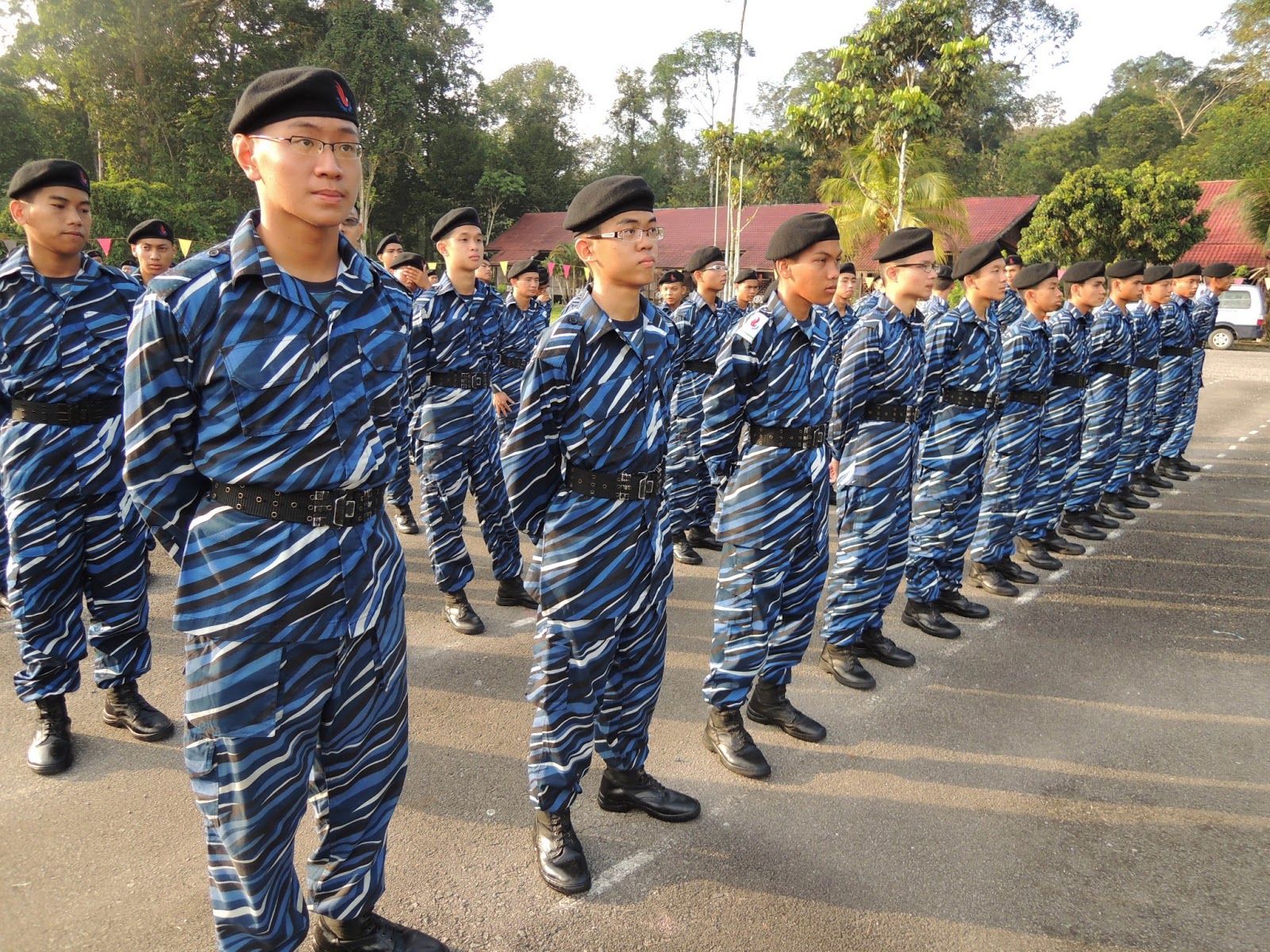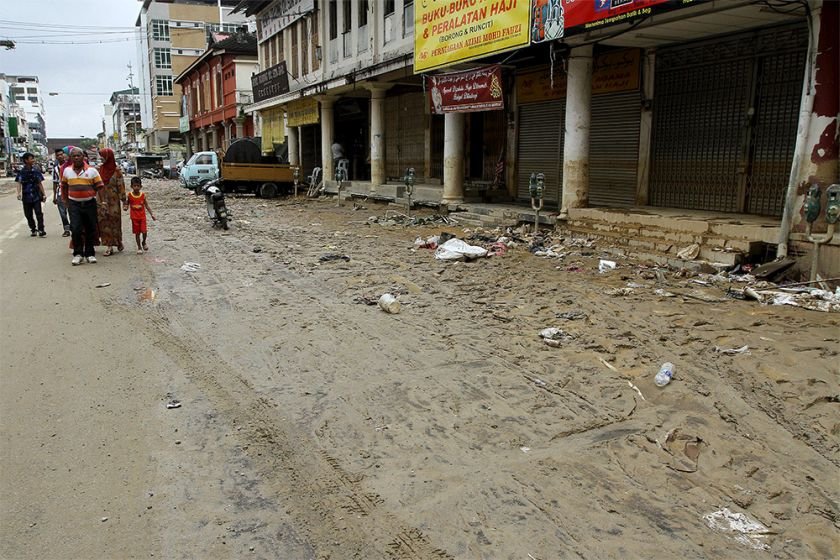BUDGET 2015 REVISIONS: Extended Shopping Hours And Other Key Notes From Najib's Speech
In light of plummeting global oil prices and the depreciation of the ringgit, Prime Minister Najib Abdul Razak has outlined several revisions to the Budget 2015 that was tabled in October last year.
1. Malaysia is not in a recession nor a crisis like in 1997/1998 and 2009, but proactive measures should still be taken to sustain development and economic growth
The initial Budget 2015, tabled late last year with an expected expenditure of RM273.9bil against an expected revenue of RM235.2bil, was based on global oil prices of US$100 to US$105 per barrel. However, oil prices are currently trading below US$50 a barrel.
The country is currently short of RM8.3 billion to sustain the initial Budget 2015. Budget deficit would have risen to 3.9% of GDP compared to the targeted 3%, if the Government does not come up with consolidation measures.
Hence, the growth figure has been revised to 4.5% to 5.5% from the original 5% to 6%.
The fiscal deficit forecast of the Gross Domestic Product (GDP) has also been revised to 3.2% this year from the original 3%.
 imoney.my
imoney.my
2. The Government is taking measures to ensure strong economic growth based on the implementation of the following THREE strategies:
1.1 To boost exports of goods and services
2. Implementating recommendations of National Export Council to:
- Enable exporters, especially SMEs, to be connected to new clients in new markets under an international linkage programme using market linkers and industry specialists.
- Intensify export promotion programmes in 46 countries covering Asia, Europe, the Middle East and the US.
- SME Bank will introduce SME-Go, an export programme for SMEs.
- Leverage the Services Export Fund (SEF) and promotional programmes for SMEs to enhance sustainability of projects abroad.
3. Implementation of Logistics & Trade Facilitation to:
- Improve last-mile connectivity to Port Klang including access road, railway network and traffic management system.
- Upgrade Padang Besar railway terminal.
- Improve operational efficiency of import and export processes.
- Establish a hub and spoke system for air transport.
4. Step up Malaysia's tourism industry
5. Review levy on foreign workers
6. Free visa for tourists from, among others, China.
1.2 To enhance private consumption
2. Increase promotion of local products.
3. Increase frequency of nationwide mega sales and extend shopping hours.
4. Promote domestic tourism through competitive domestic air fares.
5. Private sectors are encourages to leverage benefits from the establishment of the ASEAN Economic Community.
1.3 To accelerate private investment
2. GLCs and GLICs encourages to invest domestically.
3. Costs of doing business to be reduced i.e. scheduled electricity tariff hike in June 2015 and schedules gas price hike to be postponed.
4. Allocation of 30% of the annual procurement budget of Government agencies and GLCs for goods and services to local SME producers.
5. Local goods and services in Government procurement to be increased.
2.1 Revenue enhancement
2. Attaining additional dividends from GLCs and GLICs as well as other Government entities amounting to RM400 million.
2.2 Expenditure rationalisation and budget cut measures
2. Program Latihan Khidmat Negara (PLKN) or National Service (NS) to be put on hold for 2015 to provide for further reviews and enhancements, saving up to RM400 million.
3. Transfers and grants to statutory bodies, GLCs and Government Trust Funds to be reviewed, resulting in savings of RM3.2 billion.
4. Purchase of non-critical assets e.g. office equipment, software and vehicles to be rescheduled, with expected savings of RM300 million.
THIRD: Provide Assistance To The Rakyat And Business Community To Rebuild Infrastructure Damaged By Floods
Allocation of funds for welfare of flood victims and infrastructure repair
The recent floods have affected more than 400,000 people nationwide, with the latest estimate of damage to infrastructure amounting to about RM2.9 billion.
An initial allocation of RM500 million has been provided by the Government to provide for rehabiliation works and welfare programmes for flood victims in addition to the existing funds allocate by the National Security Council, bringing the total to RM787 million.
In addition the Government has also adopted the following measures:
1. Allocating RM800 million for repair and reconstruction of basic infrastructure such as schools, hospitals, roads and bridges.
2. Providing RM893 million for flood mitigation projects.
3. Building 8-ft stilt houses for those who have land and whose homes were damaged by the floods.
4. Handing over 1,000 units of completed low-cost houses in Gua Musang.
5. Providing RM500 per flood affected household and RM5,000 for the next-of-kin who have lost family members.
Assistance for businesses affected by floods
2. BSN, Agrobank, SME Bank, TEKUN and AIM will defer existing loan repayments for up to six months.
3. Bank Negara Malaysia will establish a special Relief Facility for SME loan financing at a concessionary rate of 2.25% with a grace period of up to six months through banking and development financial institutions.
4. Bank Rakyat will offer a personal loan scheme of up to RM50,000 at a financing rate as low as 3.9%. Loan repayments will start six months from loan disbursement.
5. RM500 million will be provided by financial institutions with a 70% guarantee under a Flood Relief Loan Guarantee Scheme (Skim Jaminan Pinjaman Bantuan Banjir) (SJPBB). The Scheme will be administered by Prokhas.
6. Exempt levy payment to the Human Resources Development Fund (HRDF) for a period of six months for SMEs in the flood affected areas with effect from 1 February 2015.
3. The current account balance is expected to remain in surplus this year.
The shortfall in commodity receipts is expected to be cushioned by increased demand for manufactured goods, such as electrical and electronic products, wood-based products, textile products and others, which account for 76% of total exports. Meanwhile, crude oil exports account for only 4.5% of total exports.
Therefore, the Government is confident that the current account will remain in surplus this year, although smaller in the range of 2% to 3% of Gross National Income or GNI. In 2014, the current account balance is estimated to record a surplus at 5.1% of GNI.
4. Financial markets remain orderly and resilient. Although the ringgit has depreciated, it is expected to stabilise over time to reflect the strong economic fundamentals.
The Ringgit has fallen some 13.5% since August 2014 to 3.5715 against the US dollar, and is the worst-hit currency in Asia due to plunging crude oil prices.
Noting that fluctuations in the value of the Ringgit is influenced by the global economic state, the Ringgit is not the only currency to have weakened against the US dollar.
 imoney.my
imoney.my
However, there has been no disruption to financial intermediation, with lending activities continuing smoothly. Businesses continue to have access to financing from banking institutions and the capital market. In essence, greater policy flexibility, adequate international reserves, deeper and more diversified financial markets, sound banking system and strong domestic institutional investors such as the Employees Provident Fund will increase resilience to volatile capital flows.
5. Development expenditure of RM48.5 billion for 2015 will be maintained and spent.
This includes projects to drive the people economy as was set in Budget 2015 such as public housing, flood mitigation, water supply, electricity and public transport infrastructure.
Big ticket projects such as MRT Line 2, LRT 3, and the High-Speed Rail from Kuala Lumpur to Singapore will also continue.
The Eleventh Malaysia Plan (11MP) will be tabled in May this year to outline the country's development expenditure up until year 2020.
6. Operating expenditure is expected to be reduced by RM5.5 billion through reprioritising expenditure.
A reduction of RM5.5 billion from the original amount of RM223.4 billion is for Operating Expenditure, to prioritise only “necessary” expenditures, as outlined in the second strategy.
 imoney.my
imoney.my







